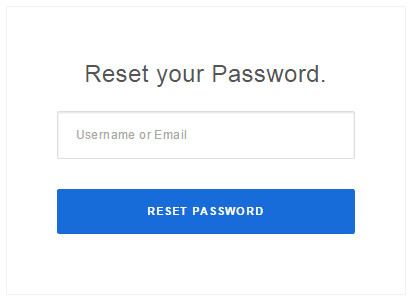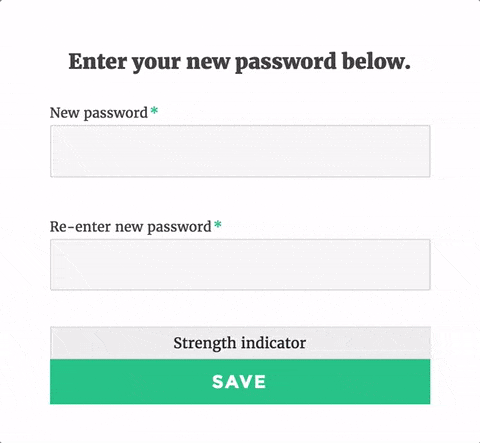How to Create a Custom Password Reset Page in WordPress
Do you want to create a custom password reset page in WordPress?
It is essential to prioritize the security and usability of your password reset process to maintain the trust and satisfaction of your users. Suppose you want to create a more branded and user-friendly password reset experience for your WordPress users. In that case, you’ll be happy to know it’s relatively easy to do with the ProfilePress membership plugin.
In this guide, we’ll walk you through the steps to create a custom password reset page in WordPress.
Table of Contents
Creating a Custom Password Reset Page in WordPress
When you install ProfilePress for the first time, you are prompted to create pages for the smooth operation of the plugin. A custom WordPress password reset page is created for you during that process. However, you should follow these instructions if you dismiss that prompt or want to customize or create a custom password reset or lost password page.
The page you create will contain a shortcode from the Forms & Profiles Section. This page will allow users to reset their passwords on the website.

Note: the terms password reset, lost password and forgot password are used interchangeably in this tutorial, and they all mean the same thing.
Step One – Building the WordPress Password Reset Form
- Hover on ProfilePress and click on Forms & Profiles
- Click on Add New and select the Password Reset form type
- Enter a name for the form
- Select your preferred template
- Design the form with the drag & drop builder or the Advanced shortcode builder.

You can preview how the form will look by clicking on the “Live Preview” button.

After saving the form, a shortcode will be generated for that particular form. Click on Forms & Profiles>>Registration and copy the shortcode for the newly created form.
Step Two – Creating the Page
- Navigate to “Pages -> add new” in your WordPress dashboard.
- Create a new page and give it a title.
- Add the form shortcode you copied earlier to the page content.
- Save the page

NB: If you are using Gutenberg Block Editor, you need to add the Shortcode block and then paste the shortcode in the field

We have what we call the Password Reset Handler Form. This form is displayed when users click the link emailed after requesting a password reset. ProfilePress has the below form design for this purpose, and we will stick to it.

If you don’t like the above form look, you can always customize it to your heart’s content using the advanced shortcode builder.
Step Three – Finishing up
After creating the page, you need to set the page as the default password reset page in the global settings section. This will cause all password reset links on your site to redirect/point to the page.
- Hover on ProfilePress and click on Settings
- Select the Global Settings tab
- Scroll down to the password reset page section and select the newly created custom password reset page.
- Click on Save Changes.

Having done that, visitors to https://profilepress.com/wp-login.php?action=lostpassword will be redirected to your front-end lost password page.
Conclusion
In conclusion, creating a custom password reset page in WordPress is a straightforward process that can significantly enhance your site’s user experience. Using the ProfilePress reset password form plugin, you can easily design a page that matches your brand and provides clear instructions for users to reset their forgotten passwords.
Additionally, customizing the page’s content and appearance can help maintain a consistent brand identity and instill trust among your visitors. Investing the time to create a personalized password reset page demonstrates your commitment to providing a user-friendly and secure experience for your WordPress site.
We hope this article helped you create a custom forgot password page for WordPress.
What are you waiting for? Get the powerful ProfilePress WordPress plugin today.